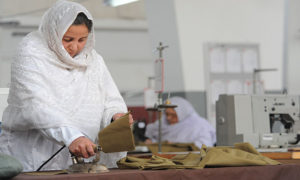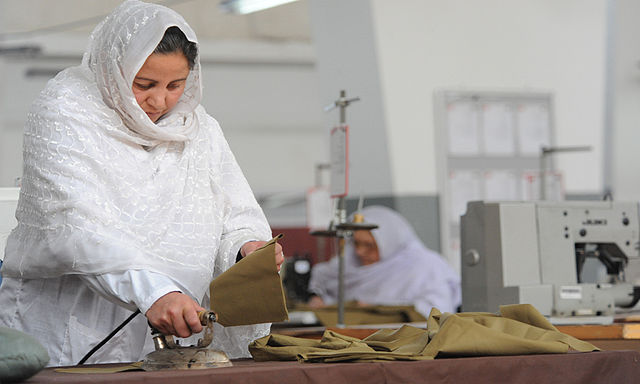 The East Asia and Pacific (EAP) region is expected to remain resilient even as global growth in 2016 has been downgraded to 2.4% from the 2.9% pace projected in January, according to a new forecast by the World Bank.
The East Asia and Pacific (EAP) region is expected to remain resilient even as global growth in 2016 has been downgraded to 2.4% from the 2.9% pace projected in January, according to a new forecast by the World Bank.
The downward revision in the global economic forecast is due to sluggish growth in advanced economies, stubbornly low commodity prices, weak global trade, and diminishing capital flows, said the financial organization.
Noting that growth prospects have weakened throughout the world economy, it said the global growth projection of 2.4% for this year is “unchanged from the disappointing pace of 2015, and 0.5 percentage point below the January forecast.”
The World Bank predicts global growth to pick up slowly to 3.0% by 2018, as stabilizing commodity prices provide support to commodity-exporting emerging market and developing economies (EMDEs).
According to the latest update of its “Global Economic Prospects” report, commodity-exporting EMDEs have struggled to adapt to lower prices for oil and other key commodities, and this accounts for half of the downward revision. Growth in these economies is projected to advance at a meager 0.4% pace this year, a downward revision of 1.2 percentage points from the January outlook.
Commodity-importing EMDEs have been more resilient than exporters, although the benefits of lower prices for energy and other commodities have been slow to materialize. These economies are forecast to expand at a 5.8% rate in 2016, down modestly from the 5.9% pace estimated for 2015, as low energy prices and the modest recovery in advanced economies support economic activity.
Among major emerging market economies, China is forecast to grow at 6.7% in 2016 after 6.9% last year. India’s robust economic expansion is expected to hold steady at 7.6%, while Brazil and Russia are projected to remain in deeper recessions than forecast in January. South Africa is forecast to grow at a 0.6% rate in 2016, 0.8 of a percentage point more slowly than the January forecast.
“As advanced economies struggle to gain traction, most economies in South and East Asia are growing solidly, as are commodity-importing emerging economies around the world,” said World Bank chief economist and senior vice president Kaushik Basu. “However, one development that bears caution is the rapid rise of private debt in several emerging and developing economies. In the wake of a borrowing boom, it is not uncommon to find non-performing bank loans, as a share of gross loans, to quadruple.”
In EAP, growth slowed to 6.5% in 2015 from 6.8% in 2014, and is expected to decelerate to 6.2% during 2016-18 as the gradual slowdown in China more than offsets a nascent pickup in activity elsewhere in the region.
The region excluding China is projected to growth at 4.8% in 2016, unchanged from 2015.
Growth in the rest of the region is expected to be supported by rising investment in several large economies like Indonesia, Malaysia, Thailand, and strong consumption supported by low commodity prices in Thailand, the Philippines, Vietnam.
“The region as a whole has shown resilience to external headwinds, including weak trade and tightened financing conditions. This resilience partly reflects several years of countercyclical policies that have helped build policy buffers and buttress investor confidence,” said the report.





